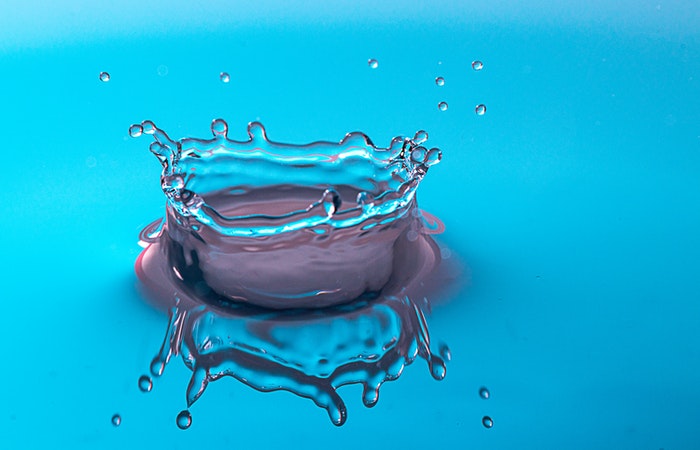
Credit: Bernyce Hollingworth via Pexels
Smartphone models aren’t as delicate when it comes to water as they used to be. Some brands even go as far as calling their new models “waterproof.”
If you have one of these models, you might feel reassured by these brand claims. Your phone is completely safe from water damage now, right? That’s not entirely true. Read ahead to find out more.
Strong IP Ratings
Every smartphone will have an Ingress Protection rating — an IP rating for short. An IP rating shows how well a product can handle dust/dirt and water without succumbing to damage. The stronger the rating, the better your phone’s constitution will be against the elements.
Manufacturers have gotten better at making phones with IP ratings of IP67, which means that it is dust-tight and can handle immersion in water for 30 minutes.
The Problem with “Waterproof”
While a rating of IP67 is impressive and makes for a heavily-protected phone, you should be wary of any claims that your phone is waterproof. It’s water-resistant, not waterproof.
There is no way that a company can promise that your device will never incur damage from water. Users should never put their faith in these waterproof claims and dunk their phones into water unprotected.
Controlled Testing
You should know that these test runs to determine the IP rating of your smartphone are all done in controlled environments with clean water. There’s no guarantee that your phone will react the same after being dropped into muddy puddles, salty seawater or chlorinated pools. These waters have contaminants that could interact poorly with your smartphone.
Resistance Over Time
Your device will likely become more susceptible to water damage as time goes on and it accumulates wear and tear. Submerging it in water once may not be a problem, but doing it over and over again could cause major issues.
What to Do When Your Phone Gets Wet
A small splash on your phone is not going to do much, especially if your smartphone has a screen protector and a case keeping it safe. All you’ll need to do is remove the case and wipe it dry with a tissue or microfiber cloth.
If your phone gets accidentally submerged, you will want to remove it from the water and turn it off as soon as possible. Keep it on a clean towel and let it air dry. If you’re really worried, bring it to a repair shop. They will have equipment designed to dry out devices properly.
What to Do When Something Goes Wrong
If your smartphone shows signs of water damage, you’ll need to get it repaired as soon as possible. Since these damages are related to your actions, your warranty is not likely to offer you any coverage for the repair costs. Users that have signed up for extended warranties like the AppleCare+ program might get coverage for water damage repairs.
What if you can’t afford the repairs out of pocket? If an unusable phone is an emergency, you can use your credit card to cover the repair costs quickly and then pay down the balance at a more convenient time. Or you could see whether you’re eligible to apply for an online loan. If you’re eligible, you can apply quickly for the loan and see whether you get approved. With an approved loan, you could handle the emergency repairs and then tackle repayments later.
It’s not worth testing the limits of your smartphone’s water resistance. That bad habit could cost you.
